The Ultimate Guide To Companion Planting For Runner Beans
The Ultimate Guide to Companion Planting for Runner Beans
Runner beans are a delicious and versatile vegetable that can be enjoyed in many different ways. They are also relatively easy to grow, but there are a few things you can do to improve their yield and health. One of the most important things is to plant them with the right companion plants.
Companion planting is the practice of planting different types of plants together in order to benefit each other. Some plants attract beneficial insects, while others help to suppress pests. Some plants improve the soil quality, while others provide shade or support.
There are many different companion plants that can be beneficial for runner beans. Some of the best include:
- Marigolds: Marigolds help to repel pests, such as aphids, whiteflies, and beetles. They also attract beneficial insects, such as ladybugs and lacewings.

- Nasturtiums: Nasturtiums also help to repel pests, and they can also improve the nitrogen content of the soil.
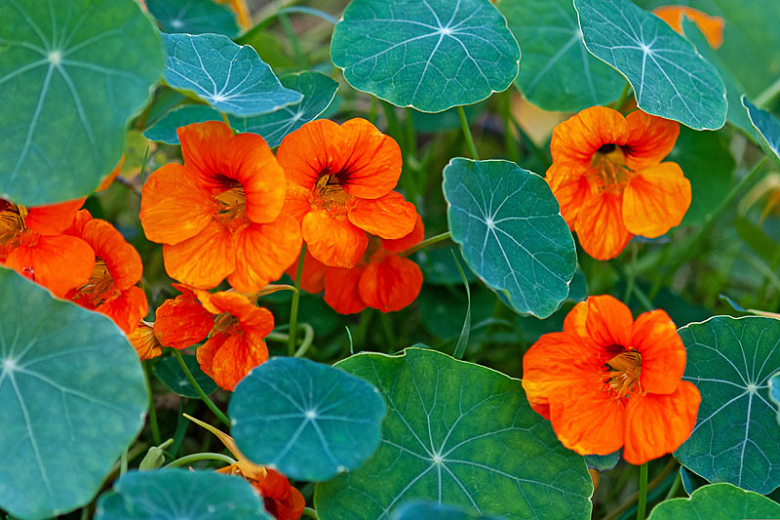
- Cucumbers: Cucumbers and runner beans are both heavy feeders, so they benefit from being planted together. They also help to shade each other from the sun, which can help to prevent the runner beans from getting too hot.
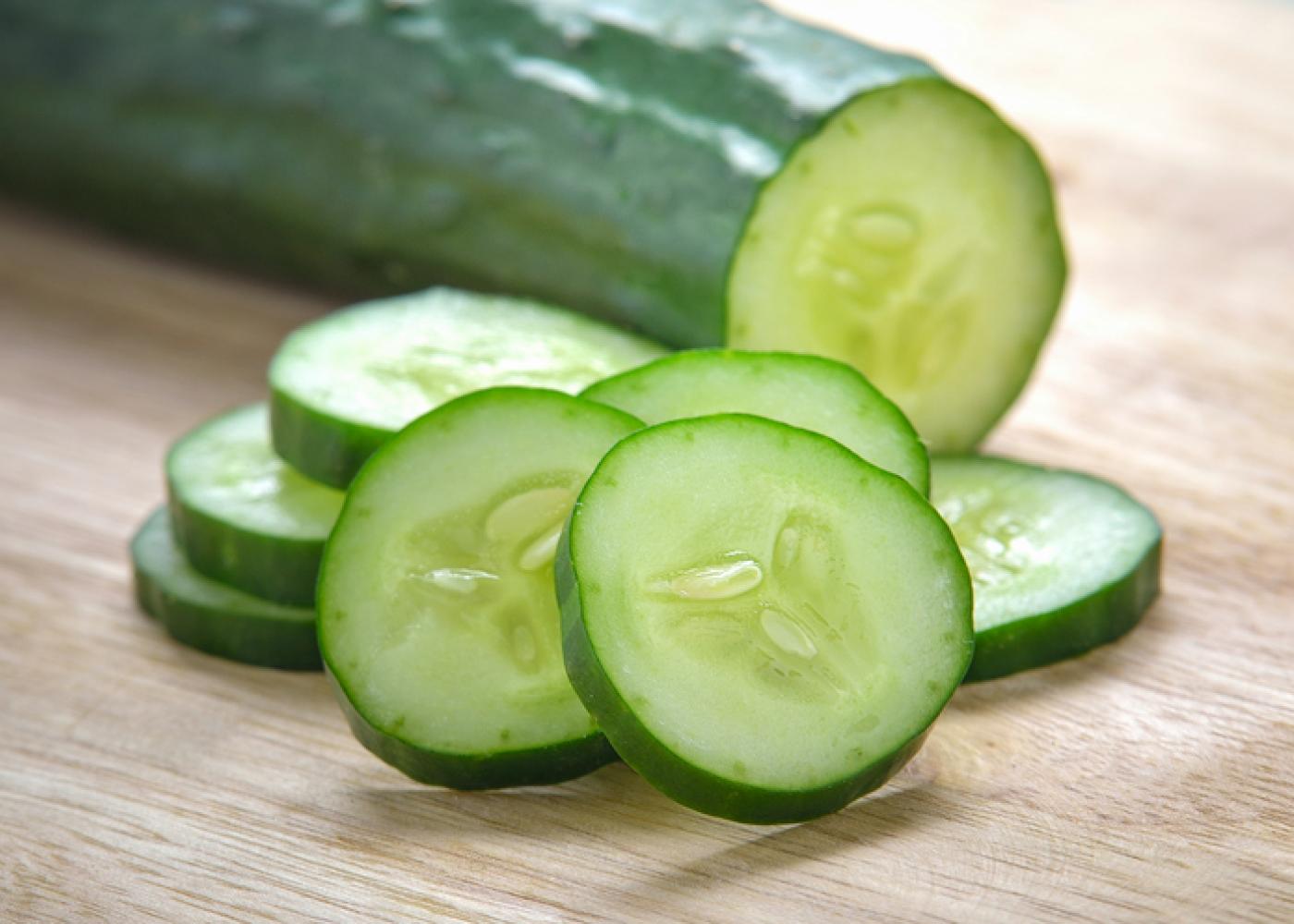
- Celery: Celery helps to improve the flavor of runner beans, and it also helps to repel pests.
- Strawberries: Strawberries and runner beans can be planted together in a staggered pattern. The strawberries will provide shade for the runner beans when they are young, and the runner beans will provide support for the strawberries as they get larger.
In addition to these plants, there are a few other things you can do to improve the growth and health of your runner beans. Make sure to plant them in full sun, and in well-drained soil. You should also fertilize them regularly, and water them deeply when the soil is dry.
With a little planning, you can easily grow healthy and productive runner beans by companion planting. By planting them with the right plants, you can improve their yield, flavor, and resistance to pests.
Runner beans are a delicious and versatile vegetable that can be grown in many different climates. But did you know that there are certain plants that can help to improve their growth and yield? This is where companion planting comes in.
Companion planting is the practice of planting certain plants together in order to benefit each other. For example, some plants can help to attract beneficial insects, while others can help to deter pests. In the case of runner beans, there are a number of plants that can be beneficial companions.
Some of the best companion plants for runner beans include:
- Carrots: Carrots help to improve the flavor of runner beans.
- Cucumbers: Cucumbers help to shade the soil around runner beans, which can help to keep the soil cool and moist.
- Lettuce: Lettuce helps to attract beneficial insects, which can help to control pests.
- Marigolds: Marigolds help to deter pests, such as aphids and beetles.
- Peas: Peas help to fix nitrogen in the soil, which can benefit runner beans.
If you're interested in learning more about companion planting for runner beans, I recommend visiting the Garden Wiki. This website has a wealth of information on the topic, including a list of the best companion plants for runner beans.
FAQ of companion planting for runner beans
Q: What are some good companion plants for runner beans?
A: Runner beans can be planted with a variety of other plants, but some of the best companions include:
- Carrots: Carrots help to repel pests such as carrot fly, which can be a problem for runner beans.
- Cucumbers: Cucumbers and runner beans both enjoy full sun and well-drained soil, so they make good companions.
- Lettuce: Lettuce helps to suppress weeds and can also attract beneficial insects, such as ladybugs, which help to control pests.
- Peas: Peas and runner beans are both legumes, which means they fix nitrogen in the soil. This can benefit both plants, as it helps to improve soil fertility.
- Sunflowers: Sunflowers can provide shade for runner beans, which can help to protect them from the hot sun.
Q: What are some plants that should not be planted near runner beans?
A: There are a few plants that should not be planted near runner beans, as they can compete for resources or attract pests. These plants include:
- Potatoes: Potatoes and runner beans are both susceptible to the same diseases, so it is best to avoid planting them near each other.
- Tomatoes: Tomatoes and runner beans can compete for water and nutrients, so it is best to plant them in separate areas of the garden.
- Eggplants: Eggplants can attract the same pests as runner beans, such as aphids and whiteflies. It is best to avoid planting them near each other.
Q: What are the benefits of companion planting with runner beans?
A: There are several benefits to companion planting with runner beans, including:
- Improved pest control: Some companion plants, such as carrots and lettuce, can help to repel pests that are attracted to runner beans.
- Increased yields: Companion plants can help to improve soil fertility and water retention, which can lead to increased yields of runner beans.
- Improved plant health: Companion plants can help to protect runner beans from diseases and pests.
- Attraction of beneficial insects: Some companion plants, such as sunflowers and nasturtiums, attract beneficial insects, such as ladybugs and bees, which can help to control pests and pollinate the runner beans.
Q: When should I plant runner beans with companion plants?
A: You can plant runner beans with companion plants at the same time. However, if you are planting a companion plant that takes longer to mature, such as carrots, you may want to plant it a few weeks earlier.
Q: How far apart should I plant runner beans with companion plants?
The spacing requirements for runner beans and their companion plants will vary depending on the specific plants involved. However, as a general rule of thumb, you should space runner beans at least 12 inches apart and their companion plants at least 6 inches apart.
Image of companion planting for runner beans
5 different images of "companion planting for runner beans" from Pinterest:
- Image 1: A bed of runner beans with corn and squash. This is a classic companion planting combination, as the beans fix nitrogen in the soil, the corn provides support for the beans to climb, and the squash shades the soil and helps to suppress weeds.
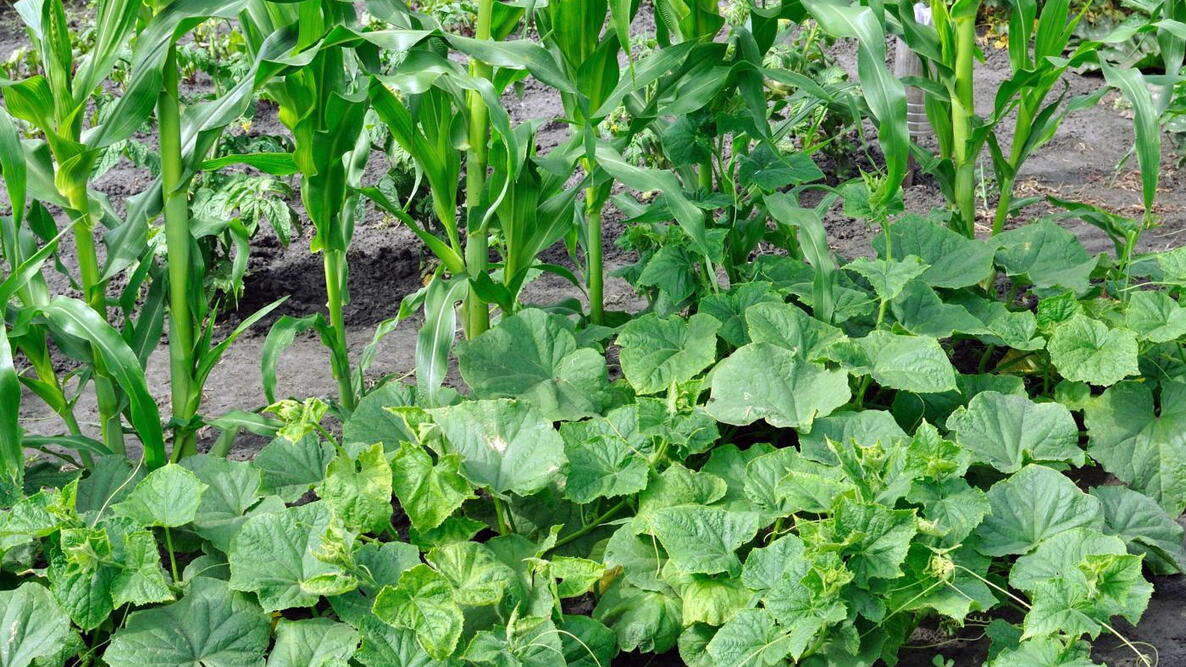
- Image 2: A bed of runner beans with nasturtiums. Nasturtiums attract beneficial insects that help to control pests, and they also help to deter aphids and whiteflies.
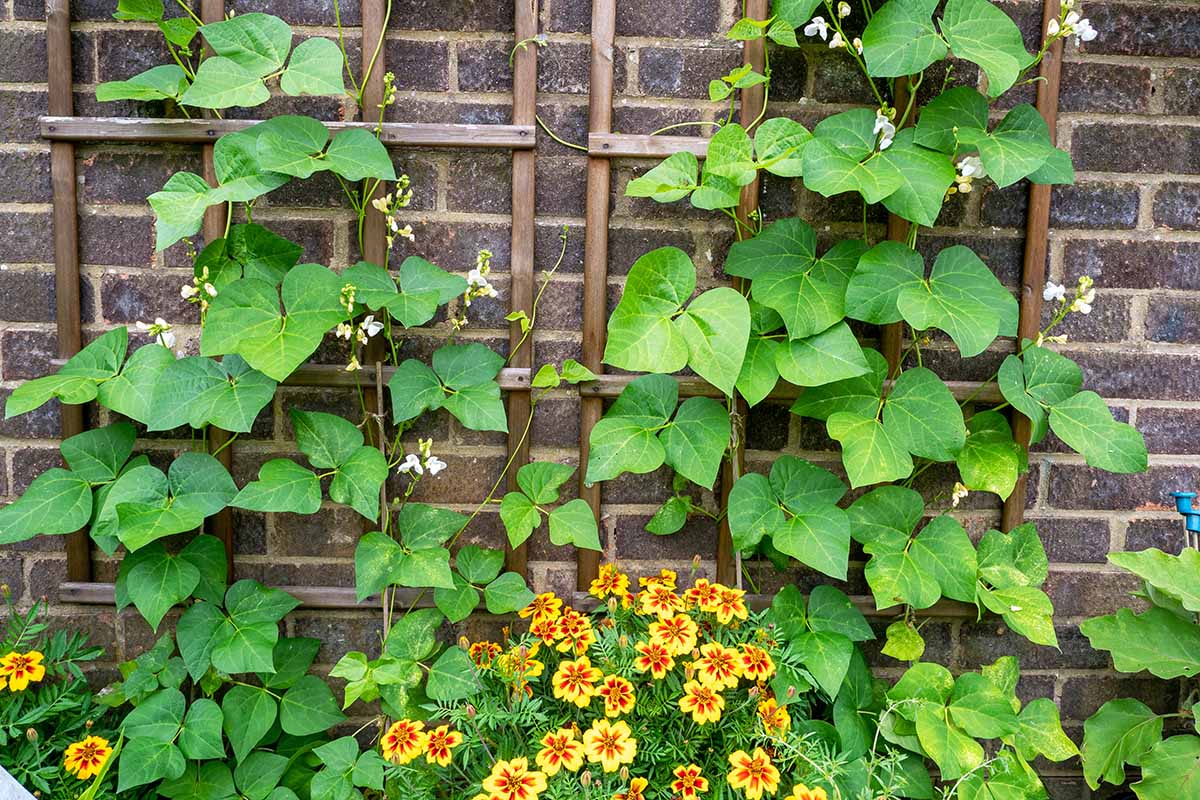
- Image 3: A bed of runner beans with marigolds. Marigolds help to repel nematodes, which can be a problem for beans. They also attract beneficial insects, and they add a splash of color to the garden.

- Image 4: A bed of runner beans with chives. Chives help to repel aphids and other pests, and they also add flavor to cooked beans.
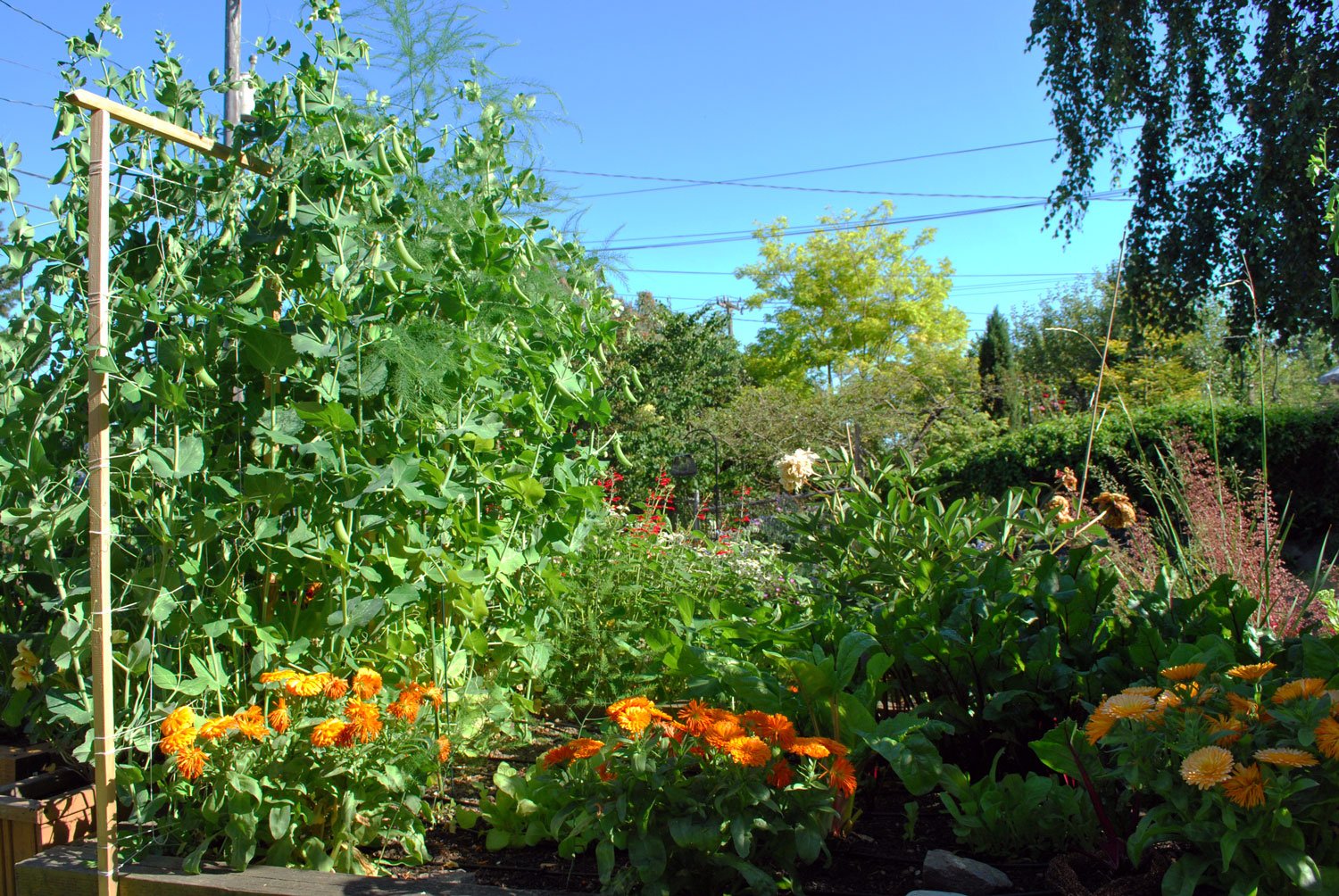
- Image 5: A bed of runner beans with lettuce. Lettuce doesn't compete with beans for nutrients, and it can help to suppress weeds.
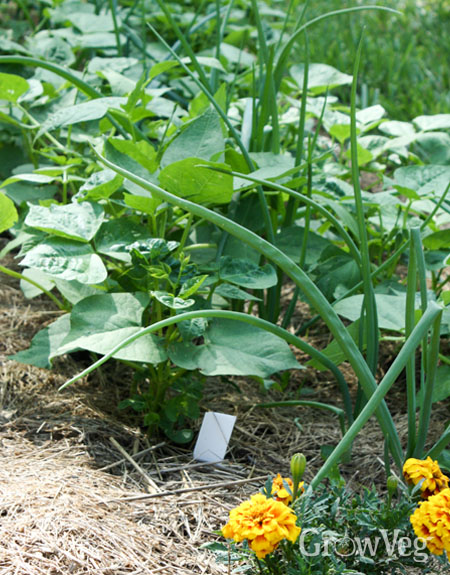
Post a Comment for "The Ultimate Guide To Companion Planting For Runner Beans"